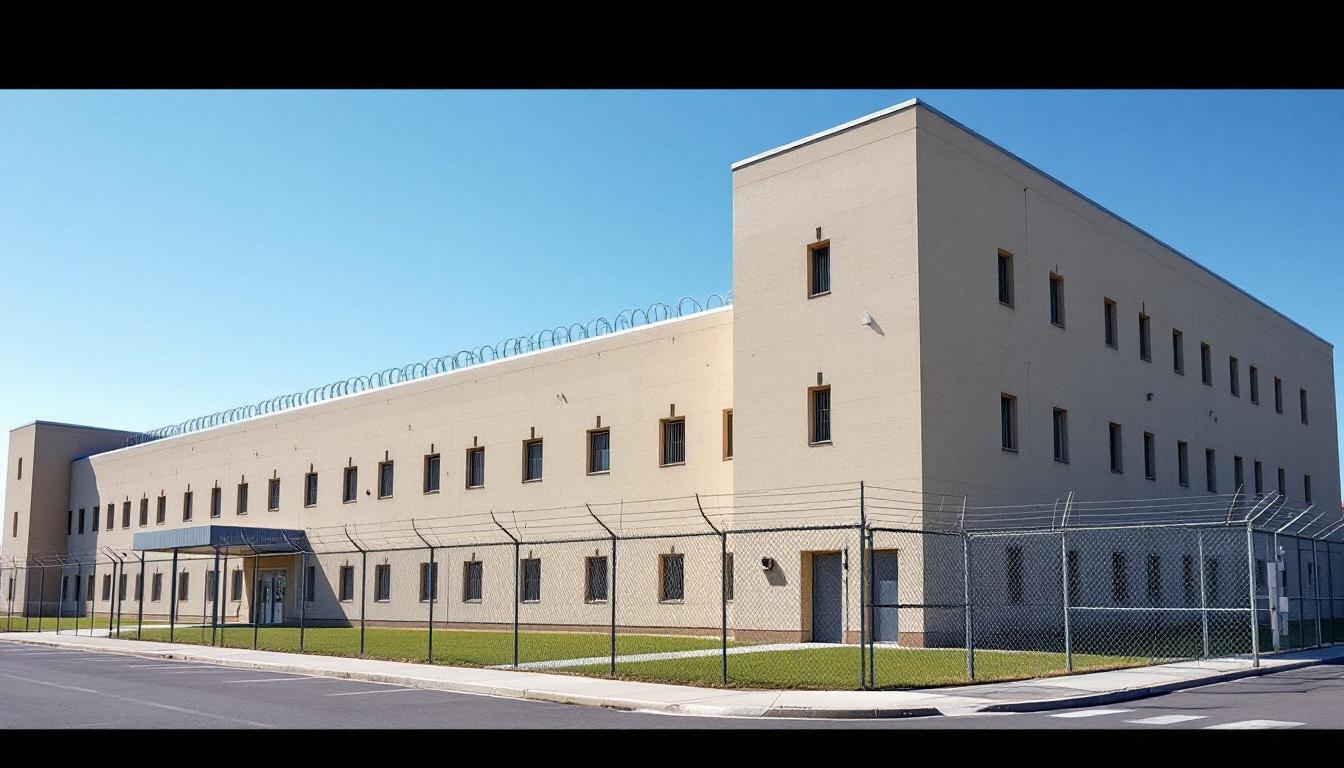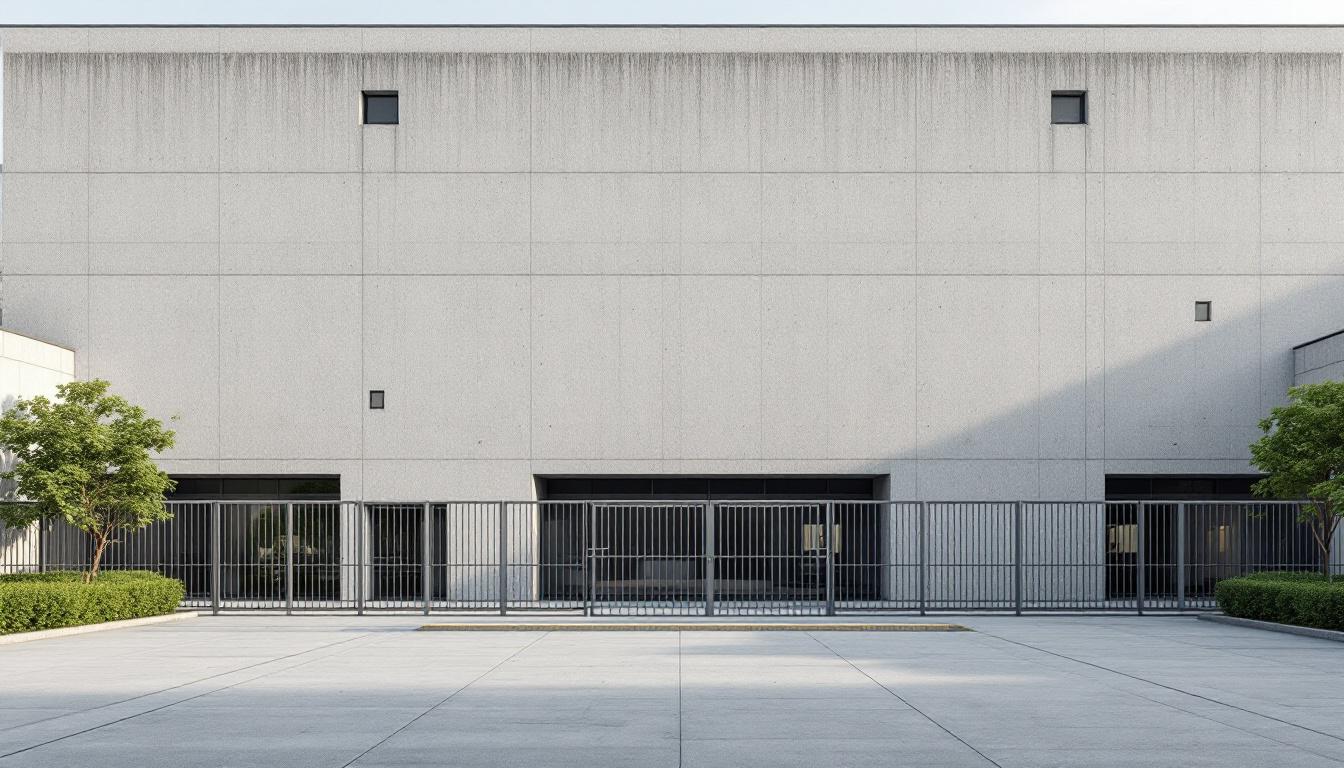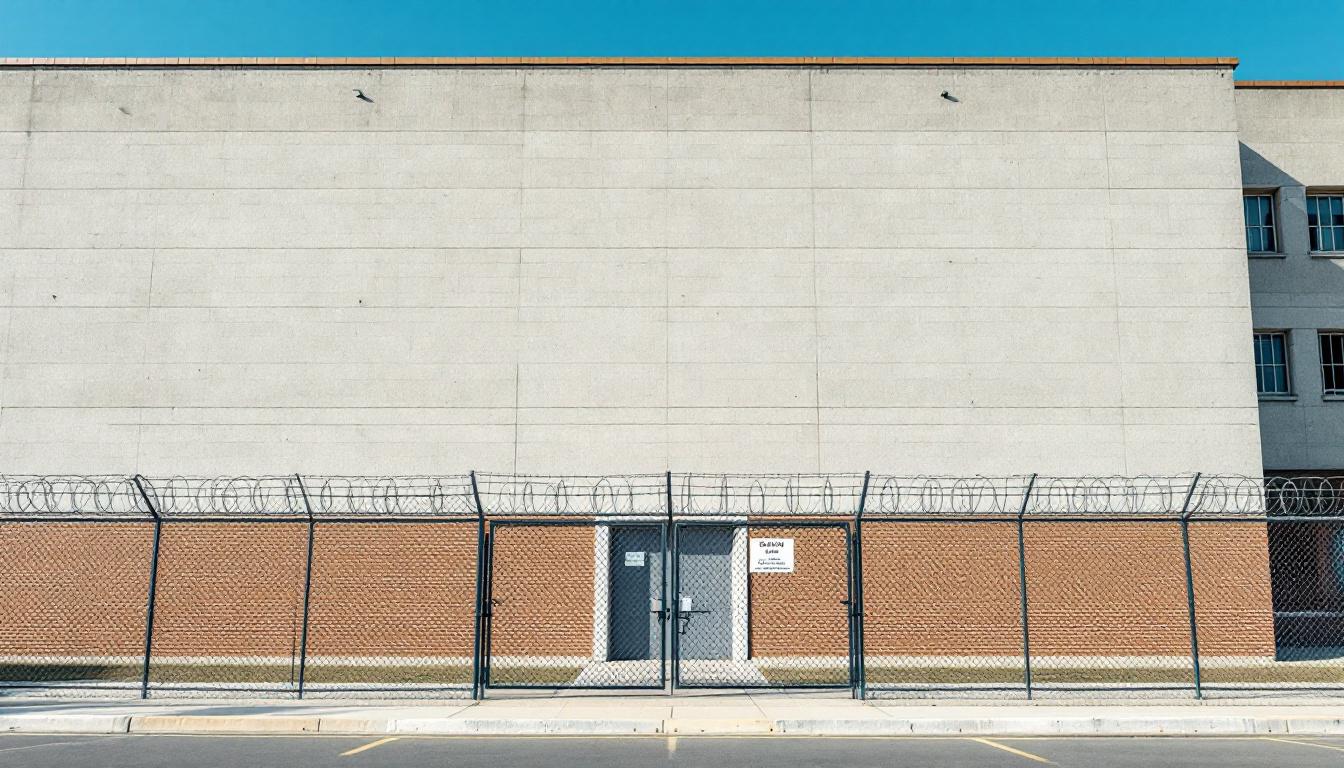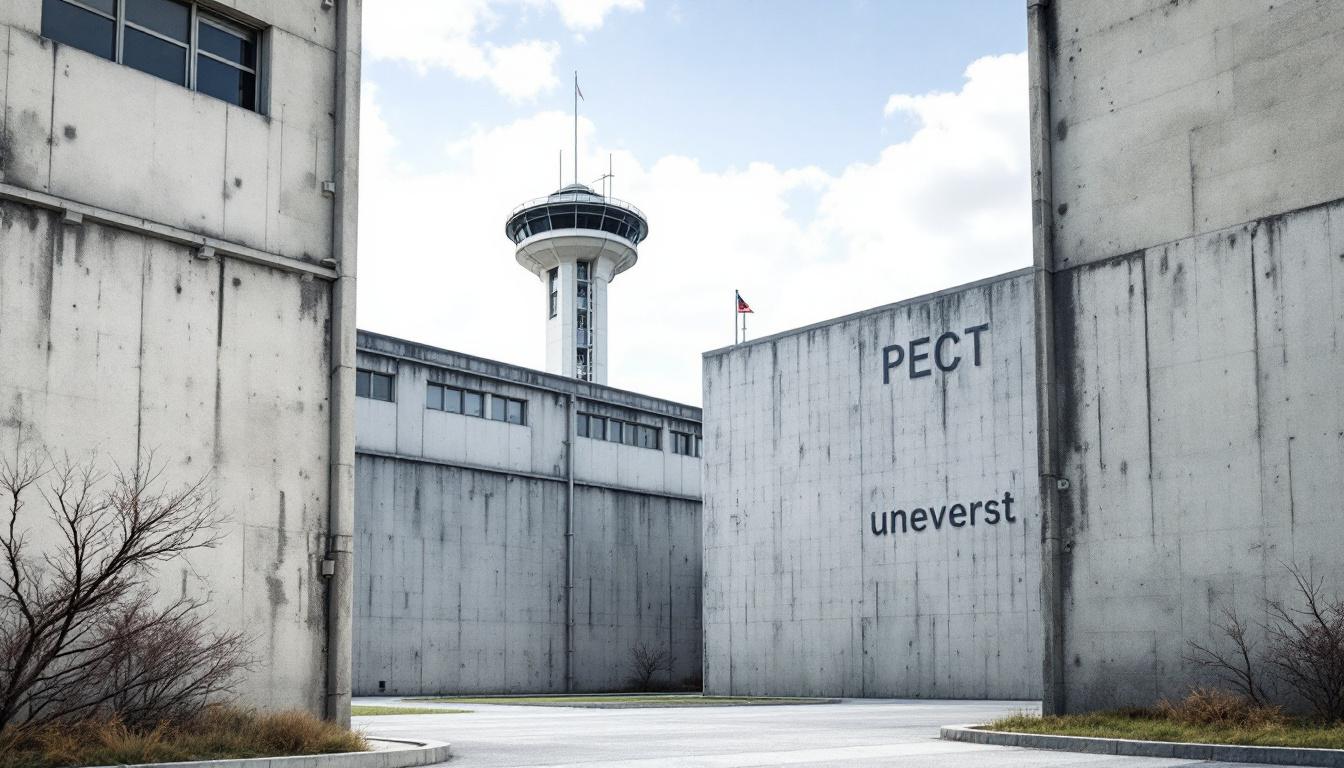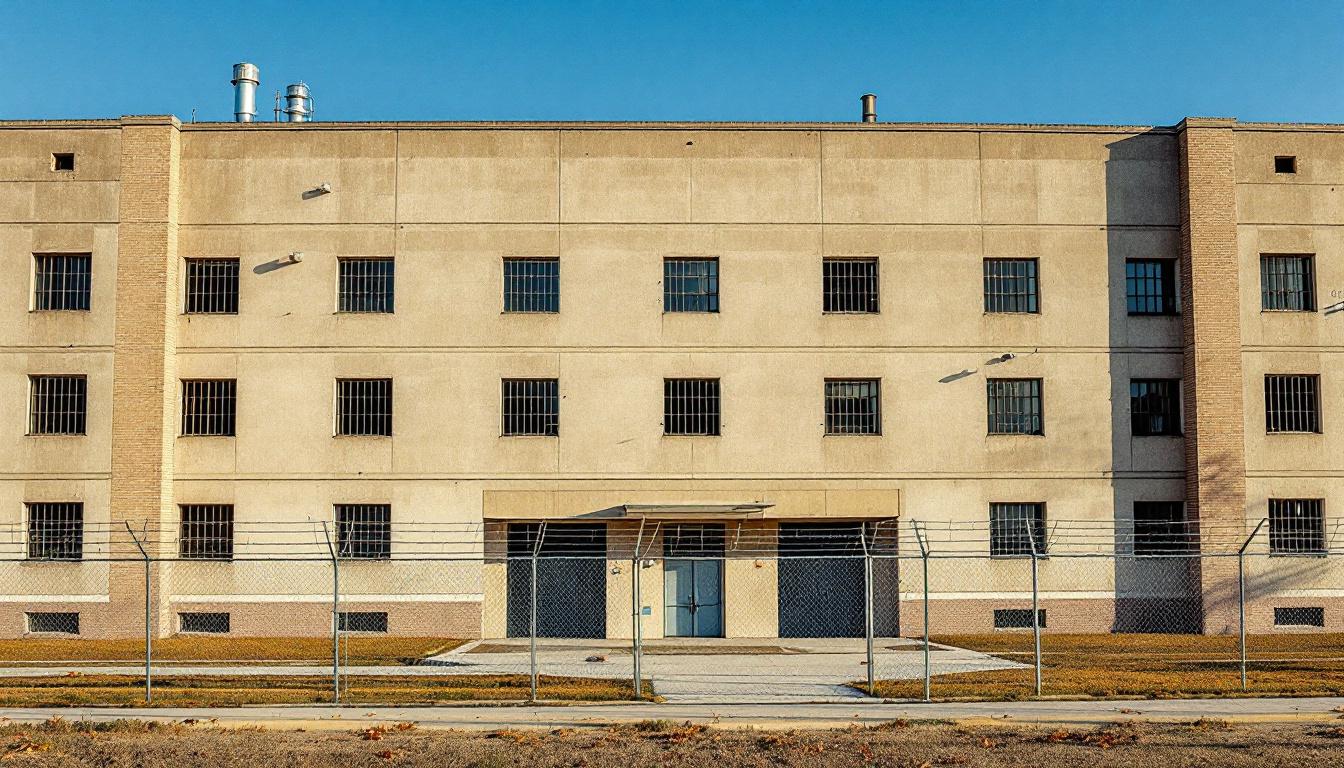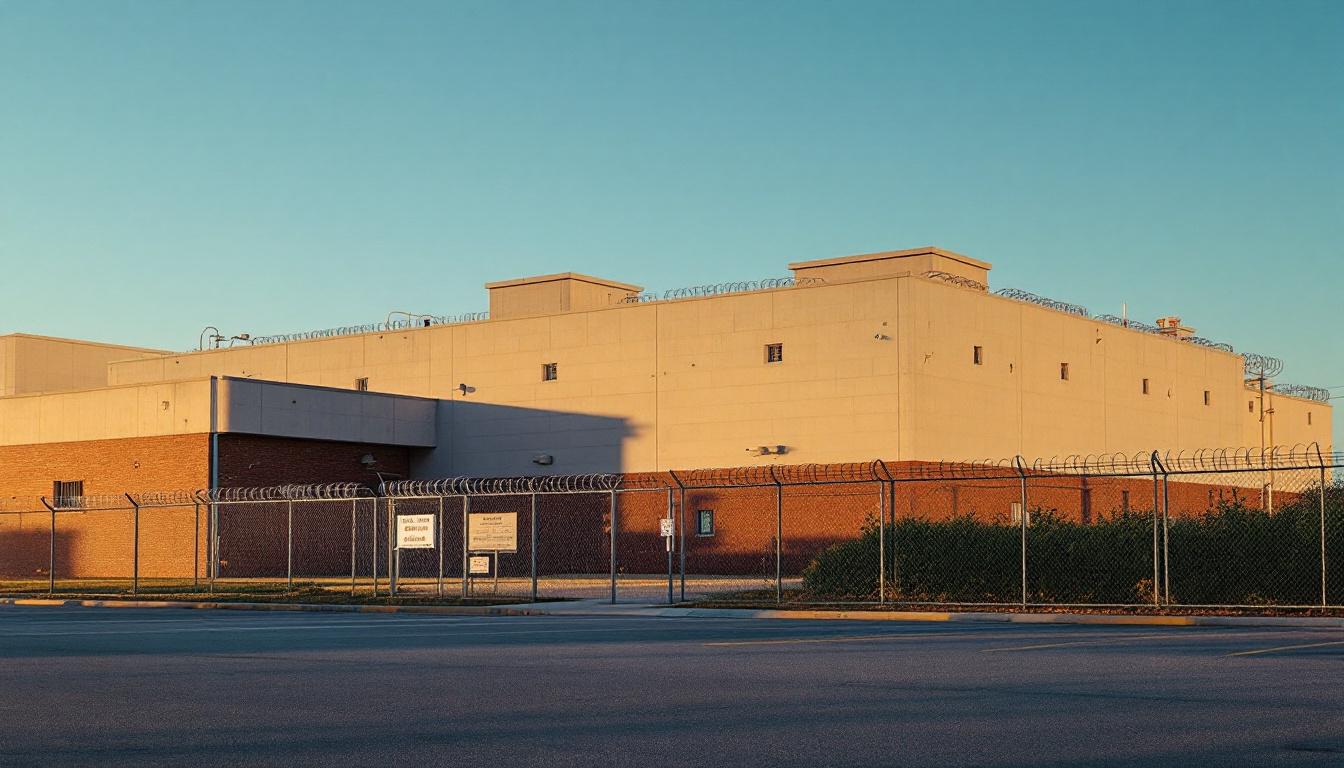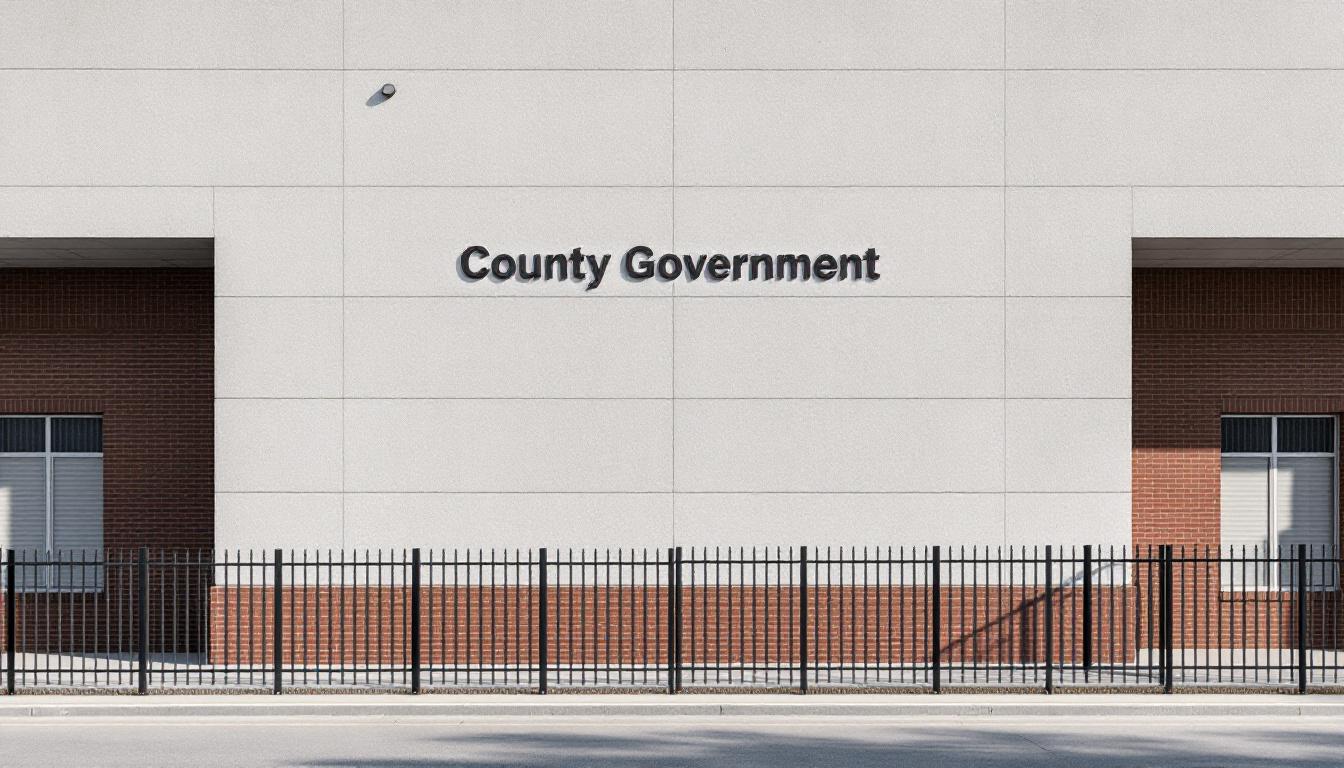
Quick Navigation
How to contact an inmate at Kinross Correctional Facility
This comprehensive guide will walk you through how to connect with an inmate at Kinross Correctional Facility. Follow the steps below to find an inmate and send letters and photos:
- Search for the inmate using our search tool below
- Create your account or log in to Penmate
- Write your message (up to 6,000 characters)
- Send instantly - inmates receive printed copies daily
Find an Inmate
Search for an inmate to start communicating today
Tip: You can search by first name, last name, or inmate ID number
To contact a person at Kinross Correctional Facility start by searching for the person on the official facility website. Perform a search by following these steps:
- Step 1: Enter their first name and last name into the search form and click "Search"
- Step 2: Locate their inmate record
- Step 3: Write down their Inmate ID and any housing information provided
Important! Be sure to enter the person's full name. Nicknames should not be used.
How to Send Messages to Inmates

You can use your phone or computer to send emails, letters, and photos to an inmate. Messages are sent electronically to inmate tablets or kiosks at the facility. If you would like to send a message, start by searching for an inmate at Kinross Correctional Facility.
Sending Photos and Postcards

A great way to send love and support to a loved one at Kinross Correctional Facility is to send photos and postcards. It only takes a few minutes to send photos from your phone and it makes a huge difference. You can also mail postcards with words of support and inspiration, or design your own postcard for special moments like birthdays and holidays.
Important! Be sure not to send any explicit photos or they may not be approved by the facility. You can also use a photo printing app like Penmate to make sure your photos are printed at the correct size (4x6 or 3x5) and are mailed according to the rules and regulations of Kinross Correctional Facility.
Frequently asked questions about Kinross Correctional Facility
-
How long does it take to deliver a message?
If you're sending an email message your letter is usually delivered within 24-48 hours. For messages sent via mail you should expect delivery within 3-7 days. All messages will need be approved by Kinross Correctional Facility.
-
How much does it cost to send a message to Kinross Correctional Facility?
You can send a message free using your phone or mail a message via USPS for the price of a $0.60 stamp and envelope. You can also purchase credits or e-stamps from services starting at $1.99.
-
What services can I use to contact an inmate at Kinross Correctional Facility?
Penmate
You can use Penmate to send letters and photos to an inmate from your phone. It's an easy way to stay in touch during your loved one's incarceration. Use the inmate locator to find an inmate's location and contact information, then you can send messages within a few minutes.
Securus messaging
Securus may be another option for communicating with an inmate at Kinross Correctional Facility. You can create a friends and family account and purchase credits to send messages. All messages will be reviewed and must be approved by the facility.
JPay
Some county jails and state prisons may support sending messages with JPay. You must register an account with the system, find your loved one, and purchase stamps to send messages. For some locations you can also attach photos.
Smart Jail Mail
You may also check if Smart Jail Mail is available at Kinross Correctional Facility. Smart Jail Mail is operated by Smart Communications and has contracted with some state and county jails. After purchasing credits, your messages and photos are sent to the facility, printed out, and then handed out to your loved one.
-
What is the mailing address of Kinross Correctional Facility?
Mailing address:
Kinross Correctional Facility
4533 W Industrial Dr
Kinross Charter Twp, MI 49788
Phone: (906) 495-2282 -
What are the visiting hours at Kinross Correctional Facility?
Visiting hours at Kinross Correctional Facility vary by housing unit and security level. Generally, visits are scheduled on weekends and holidays, with some facilities offering weekday visits. Contact the facility directly at (906) 495-2282 or check their website for the current visiting schedule. Visits typically last 30-60 minutes and must be scheduled in advance.
-
What items are prohibited when sending mail to Kinross Correctional Facility?
Prohibited items typically include: cash, personal checks, stamps, stickers, glitter, glue, tape, staples, paperclips, polaroid photos, musical or blank greeting cards, hardcover books, magazines with staples, and any items containing metal or electronics. Only send letters on plain white paper with blue or black ink. Photos must be printed on regular photo paper (no Polaroids). Always check with Kinross Correctional Facility for their specific mail policies.
-
How do I send money to an inmate at Kinross Correctional Facility?
You can send money to an inmate at Kinross Correctional Facility through several methods: 1) Online using JPay, Access Corrections, or the facility's approved vendor, 2) Money orders mailed directly to the facility with the inmate's name and ID number, 3) Kiosks located in the facility lobby, or 4) Over the phone using a credit or debit card. Fees vary by method, typically ranging from $2.95 to $11.95 per transaction.
-
Can I schedule a video visit with an inmate at Kinross Correctional Facility?
Many facilities now offer video visitation as an alternative to in-person visits. At Kinross Correctional Facility, video visits may be available through services like Penmate, Securus Video Connect, GTL, or ICSolutions. Video visits typically cost $10-20 for 20-30 minutes and must be scheduled in advance. You'll need a computer or smartphone with a camera and reliable internet connection. Contact the facility for their specific video visitation policies and approved vendors.
-
What identification do I need to visit an inmate at Kinross Correctional Facility?
All visitors must present valid government-issued photo identification such as a driver's license, state ID, passport, or military ID. Minors must be accompanied by a parent or legal guardian who can provide the minor's birth certificate. Some facilities require visitors to be on the inmate's approved visitation list, which may require a background check. Contact Kinross Correctional Facility for specific ID requirements and visitor approval procedures.
-
How can I find out an inmate's release date?
To find an inmate's release date at Kinross Correctional Facility, you can: 1) Use the online inmate search tool if available, 2) Call the facility's records department, 3) Contact the inmate's case manager or counselor, or 4) Have the inmate provide this information during a call or visit. For privacy reasons, some facilities only release this information to immediate family members.
Facility Overview
Contact Information
Kinross Correctional Facility4533 W Industrial Dr
Kinross Charter Twp, MI 49788
Phone: (906) 495-2282
Official Website
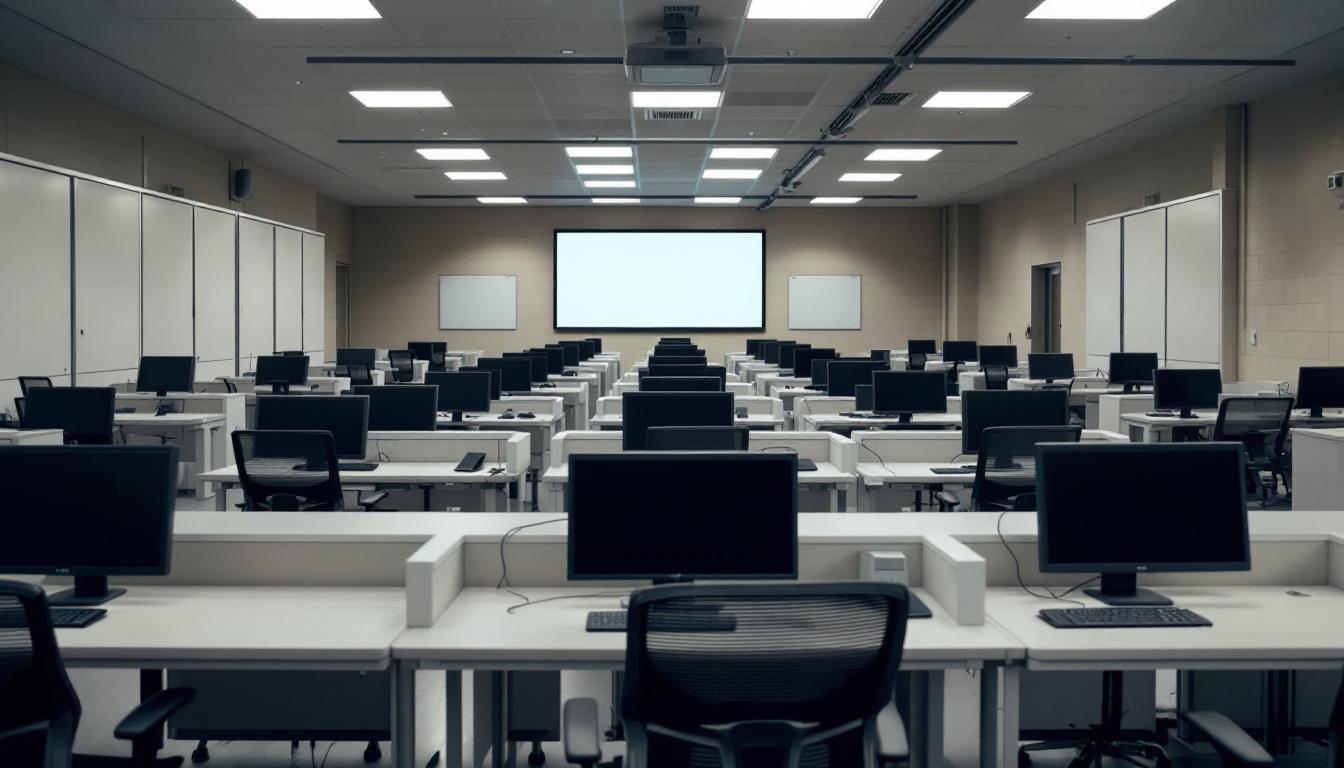
About Kinross Correctional Facility
Nestled in Michigan's Upper Peninsula, the community of Kincheloe serves as home to Kinross Correctional Facility, where comprehensive rehabilitation efforts typically focus on preparing residents for successful community reintegration. This MI correctional facility operates within Michigan's broader correctional framework, emphasizing educational advancement and skill development programs that may include vocational training, substance abuse counseling, and mental health services. The facility's approach generally centers on addressing the diverse needs of its population through structured programming designed to reduce recidivism and promote positive behavioral change.
Community partnerships often play a vital role in supporting the facility's rehabilitation mission, with local organizations and regional resources frequently contributing to educational initiatives and reentry preparation programs. Residents services may encompass literacy programs, job readiness training, and therapeutic interventions that help individuals develop the tools necessary for productive citizenship upon release. The correctional facility typically maintains connections with community colleges, workforce development agencies, and social service organizations throughout the Midwest region, creating pathways for continued support and opportunity.
Located in Michigan's scenic Upper Peninsula, Kinross Correctional Facility generally operates with a focus on holistic rehabilitation that extends beyond traditional incarceration models. The facility's programming approach may include family reunification services, life skills development, and educational opportunities that help residents build foundations for successful reentry into their communities throughout Michigan and beyond.
Programs & Services
Educational advancement and therapeutic healing form the cornerstone of rehabilitation initiatives at Kinross Correctional Facility, where residents engage in comprehensive programming designed to address underlying issues while building practical skills for successful community reintegration. The facility's approach emphasizes personal growth through structured learning opportunities that may deliver both academic advancement and vocational training. This multifaceted strategy recognizes that effective rehabilitation requires addressing educational gaps, substance abuse issues, and behavioral patterns that often contribute to criminal behavior.
Vocational education initiatives typically provide residents with hands-on training in trades that offer viable employment opportunities upon release, while traditional education programs may offer GED preparation and adult basic education courses. Financial literacy components often include budgeting skills, understanding credit, and basic banking knowledge that proves essential for managing finances in the community. Additionally, these educational offerings frequently incorporate computer skills training and workplace readiness preparation, helping residents develop both technical competencies and professional behaviors necessary for successful employment.
The facility's therapeutic initiatives often include comprehensive substance abuse treatment programs that address addiction through counseling, education, and peer support groups. Cognitive behavioral therapy sessions may deliver structured approaches to changing thought patterns and behaviors that contribute to criminal activity. Additionally, prisoner reentry initiative services typically provide case management, housing assistance coordination, and employment placement support to ease the transition back into the community. Restorative justice components often include victim impact awareness programs and community service opportunities that help residents understand the broader consequences of their actions while developing empathy and accountability.
Daily Life & Visitation
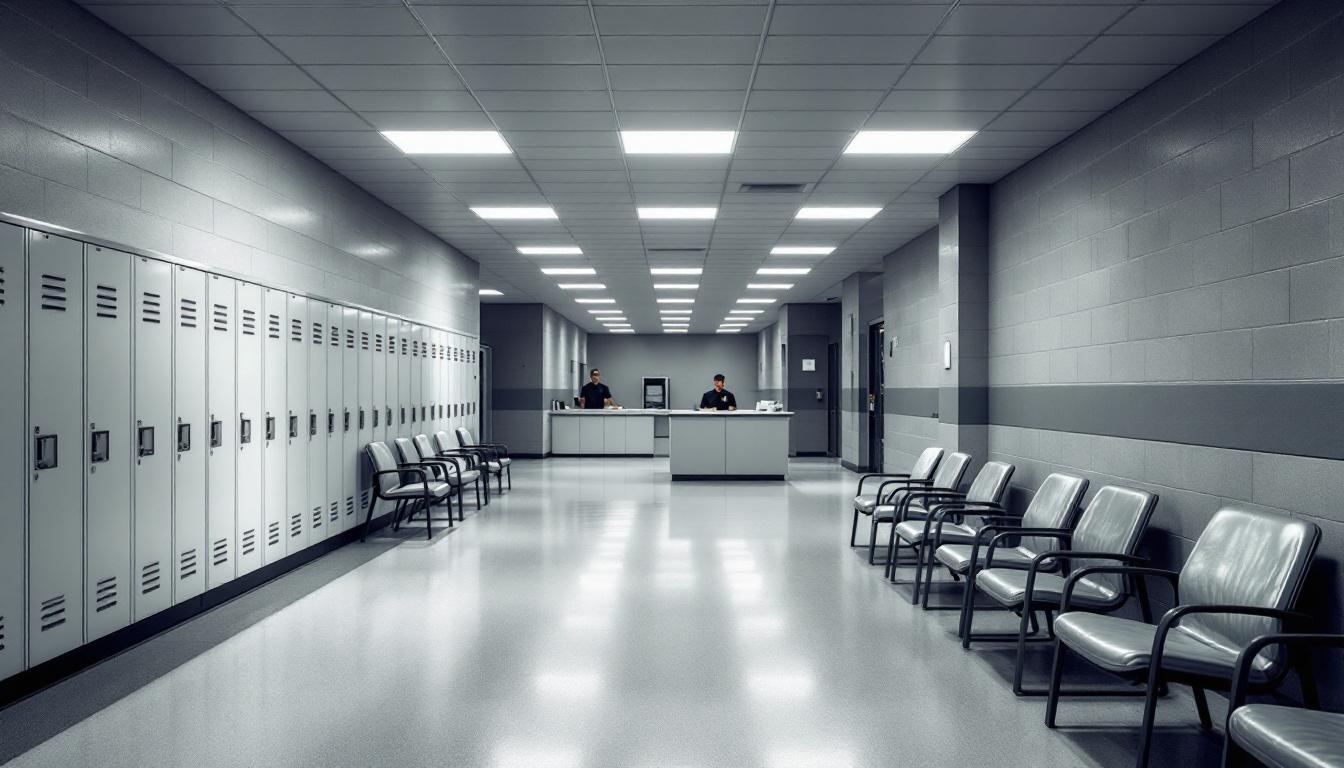
Structure now governs every aspect of life within the facility, with residents following carefully established routines that begin early each morning and continue throughout the day. Wake-up typically occurs before dawn, followed by scheduled count times that occur regularly throughout each 24-hour period. Residents generally move between activities in organized groups, with meal times, work assignments, and programming sessions all occurring at designated intervals. This predictable framework delivers stability and helps residents develop positive daily habits while serving their sentences.
Living accommodations typically consist of shared cells or dormitory-style housing units, where residents may store approved personal belongings and maintain their assigned living spaces according to facility standards. Meals are usually served in central dining areas at scheduled times, with residents often having opportunities to work in food service or other facility operations as part of their daily assignments. Additionally, the commissary system generally allows residents to purchase approved items to supplement their basic needs, while recreation periods may include access to outdoor yards, gymnasium facilities, or library services depending on security level and scheduling.
While daily routines remain structured, residents typically have access to various educational and vocational programs that can enhance their preparation for eventual reintegration. Work assignments often include maintenance, kitchen duties, or facility operations that provide both structure and potential skill development. Family connections are generally maintained through scheduled visitation periods and approved communication methods, which may include phone calls and correspondence. These opportunities for family contact often serve as important sources of support and motivation throughout a resident's time at the facility.
Ready to Connect?
Start communicating with your loved one today
Search for an Inmate




